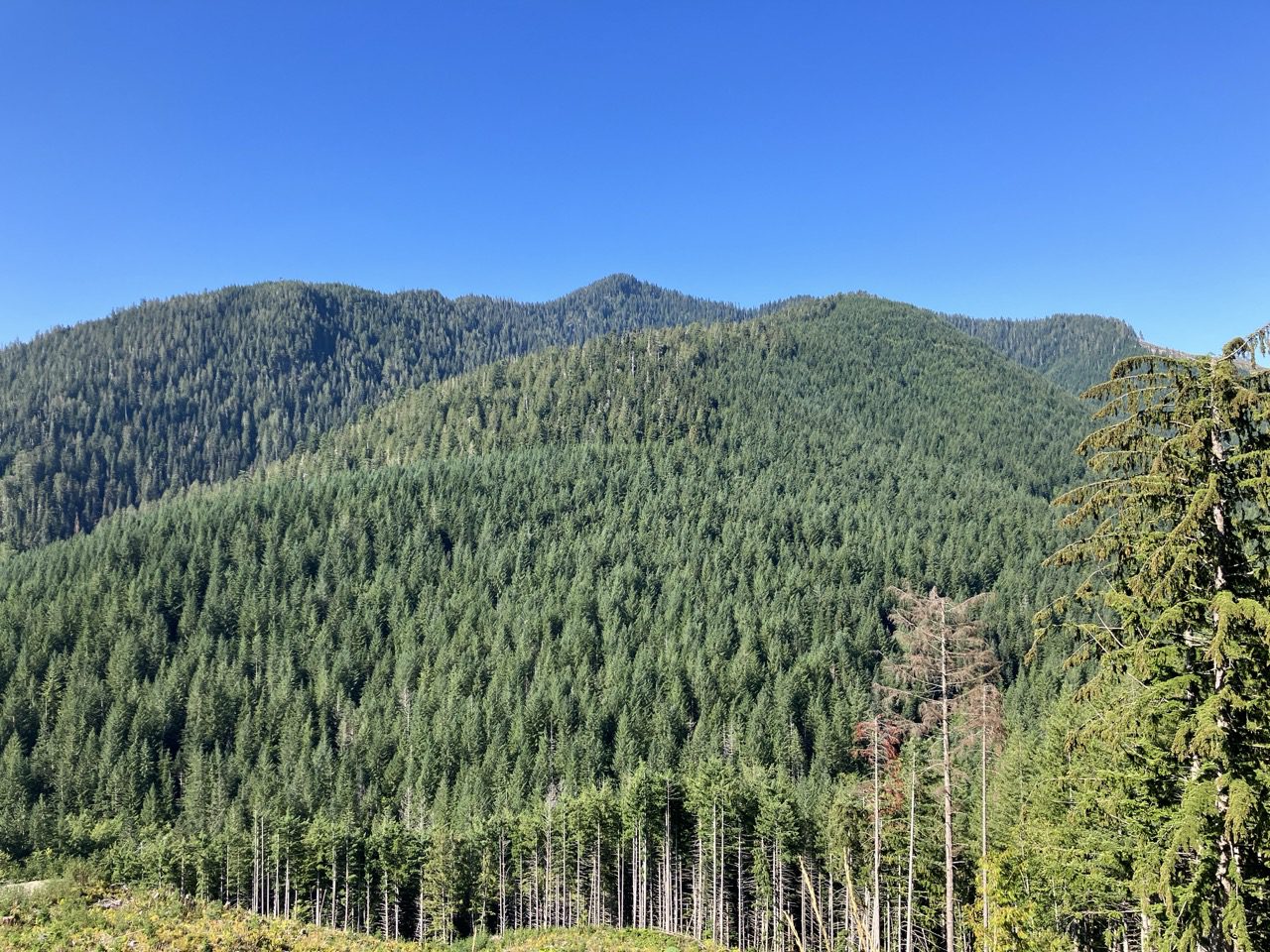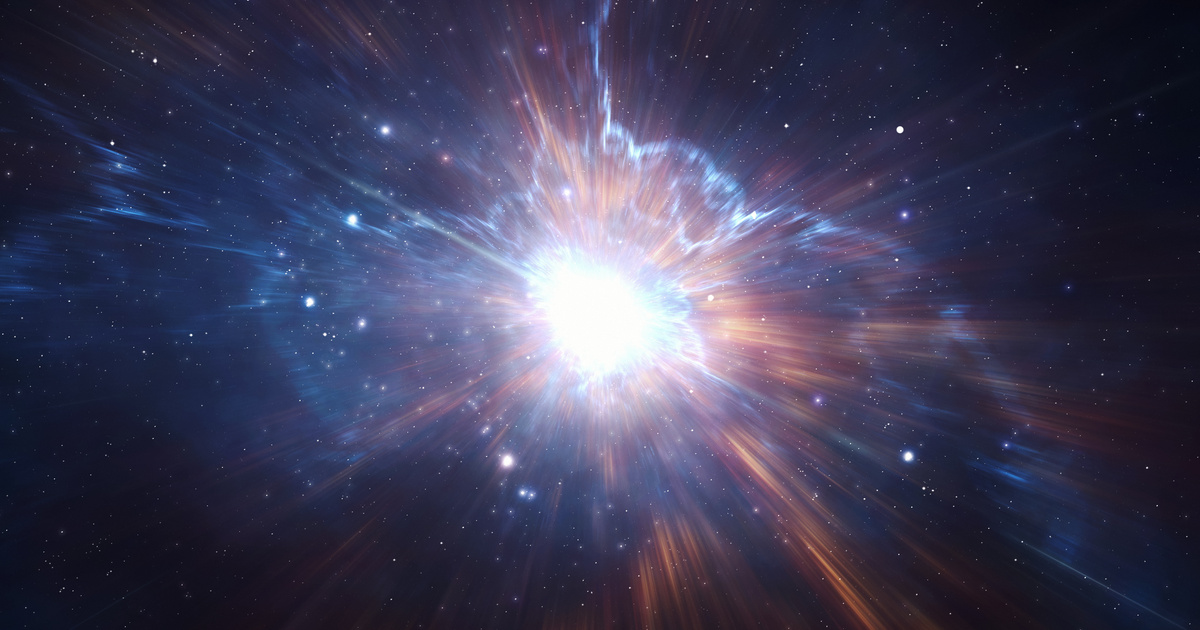What are bubbles? These bubbles, which were important components of the ancient universe, are new heroes for the new research.
At the beginning of the universe, the driving force of the energies was the expansion of the universe and the resulting disintegration of the natural forces. Huge bubbles in the process He may have been brought up They can collide with each other and create incredible energies.
Big Bang Business
Dark matter particles and microscopic black holes flooded the universe, and these early universe structures received superenergy bubble name.
In the case of high energy fields, the forces of electromagnetism and gravity begin to merge. Scientists can already detect this in the most powerful particle colliders, where electromagnetism and the weak nuclear force combine to create an electric force. The universe has the necessary energy only less than a second after the Big Bang. As the universe cooled and expanded, the forces separated. This split could have been smooth and quiet, or violent, and in the case of the latter shift, the universe could have been filled with giant bubbles for a short while, but inside them was a completely different universe.
Eventually, these bubbles will expand and collide, completely reshaping the universe.
The bubbles would have carried huge amounts of energy, more than any other man-made or natural process. They can greatly accelerate nearby particles, which can then collide with others, releasing energy and creating new particles. The bubbles would eventually coalesce and only new particles could form from them.
The researchers discovered that these bubbles can reach the energy needed to form the putative dark matter particles. According to the team’s calculations, these particles would have enough mass and range to explain the amount of dark matter observed in the universe. Researchers have discovered that expanding and colliding bubbles could have produced gravitational waves, and recent studies suggest that our universe vibrates amidst the hum of gravitational waves.
While most of the waves are likely due to the collision of supermassive black holes, some may have been left over from the early universe.
















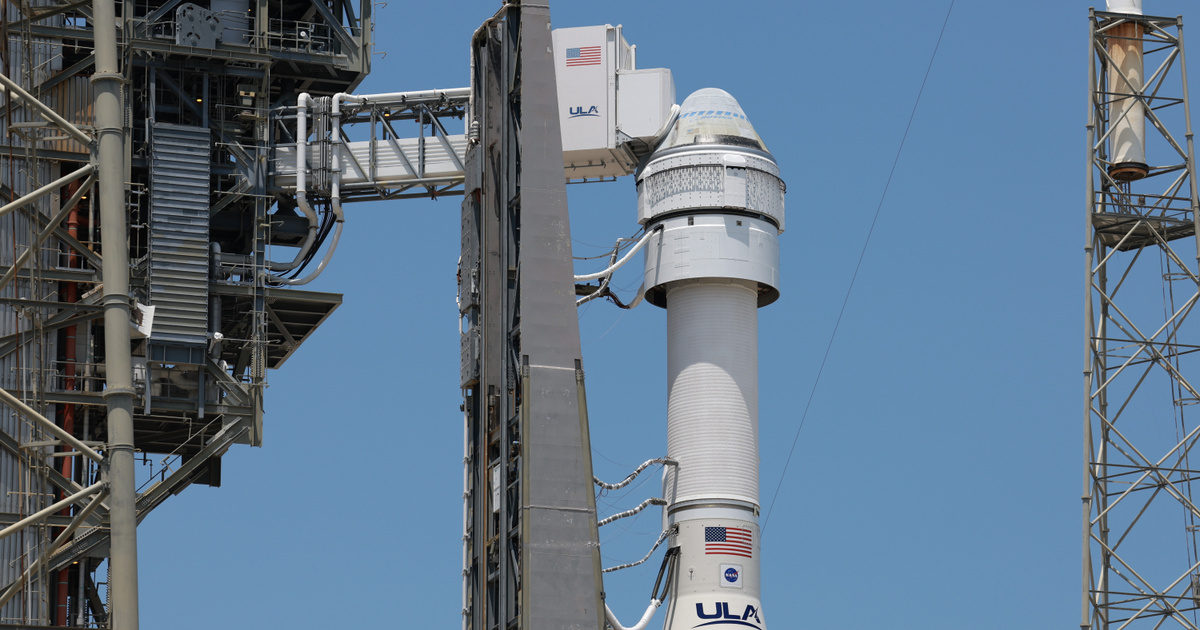

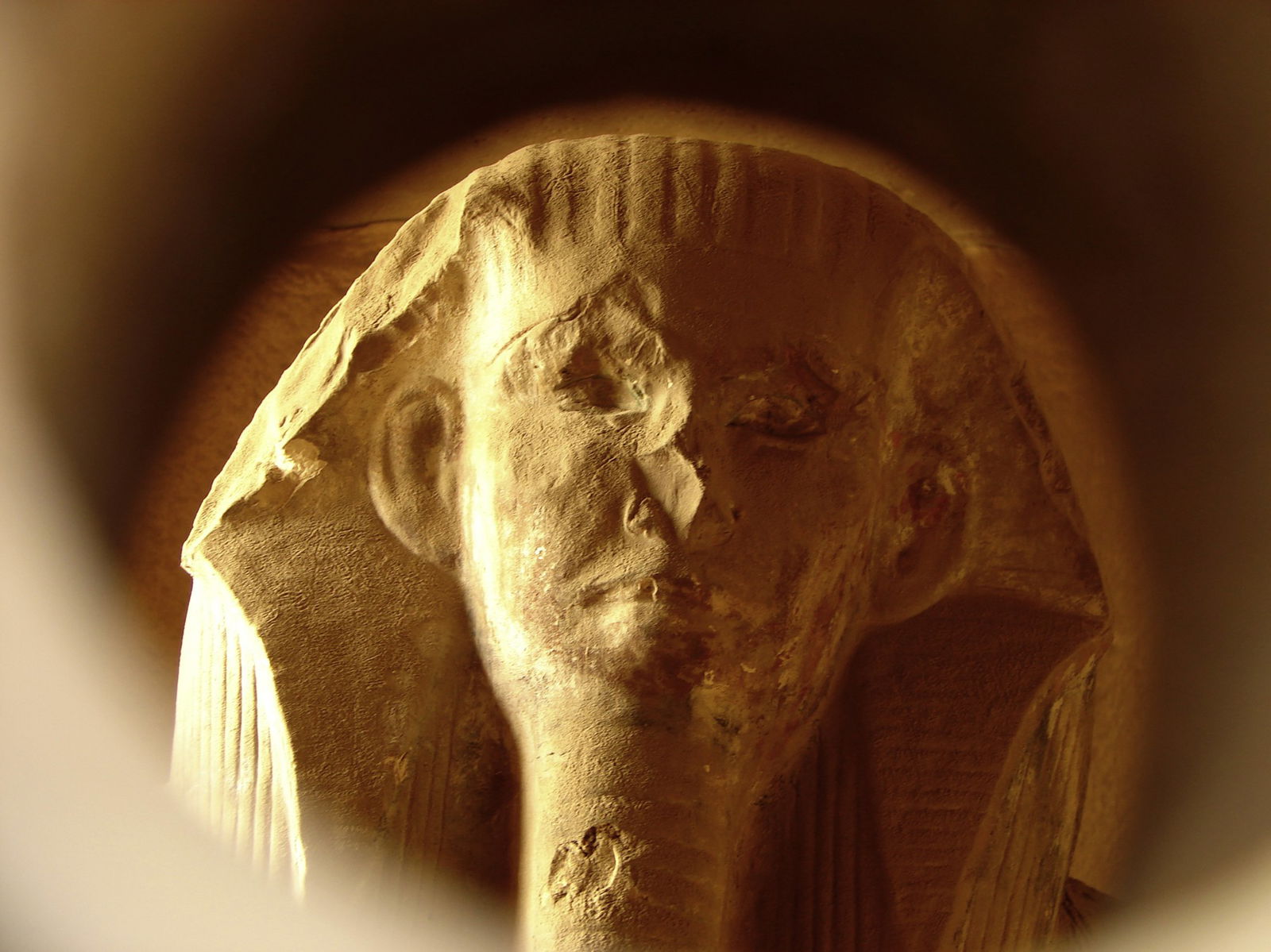


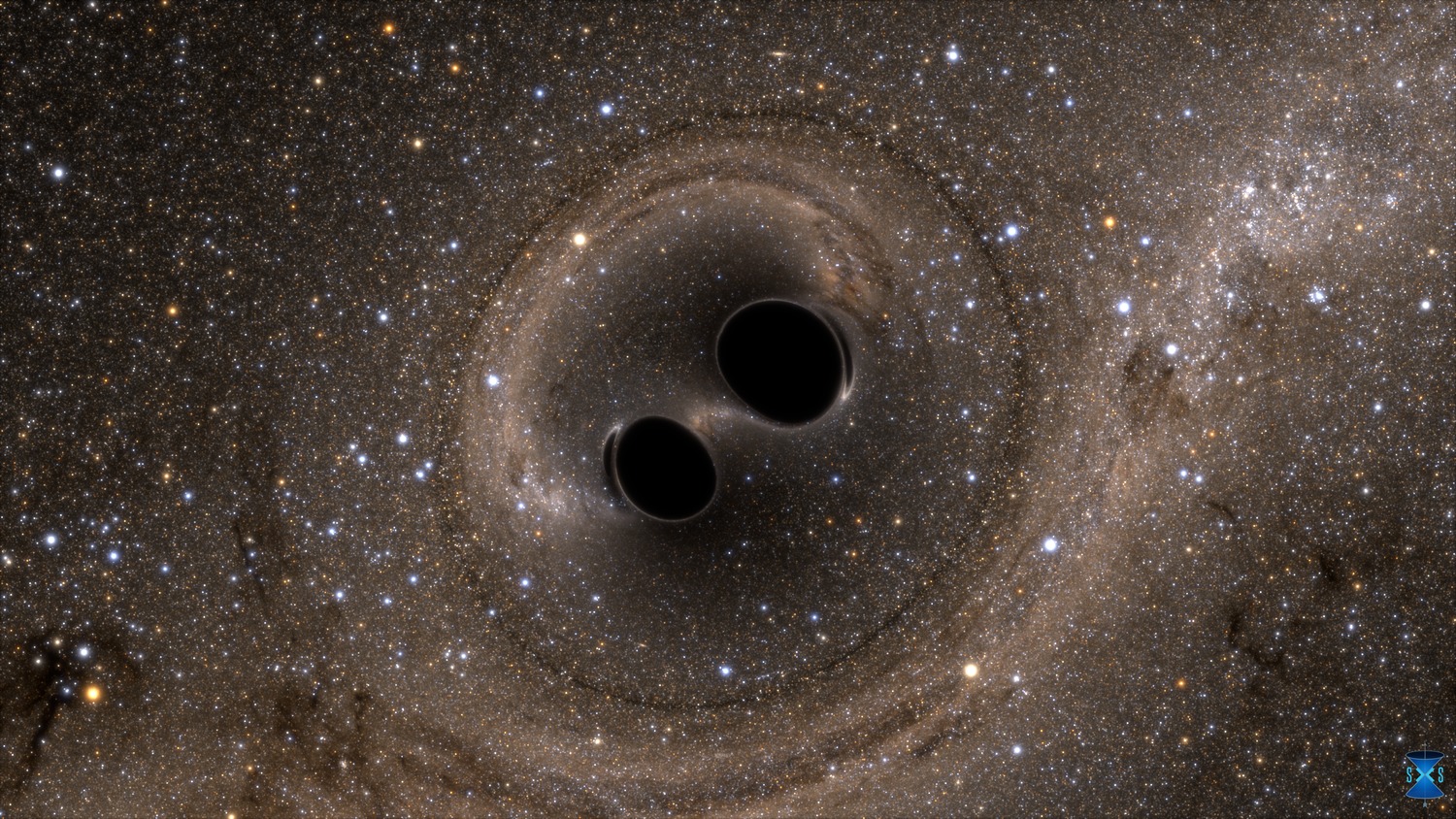
![The Italian Souls clone has been delayed, but is coming to multiple consoles [VIDEO]](https://thegeek.hu/wp-content/uploads/sites/2/2024/05/thegeek-Enotria-The-Last-Song-1.jpg)





